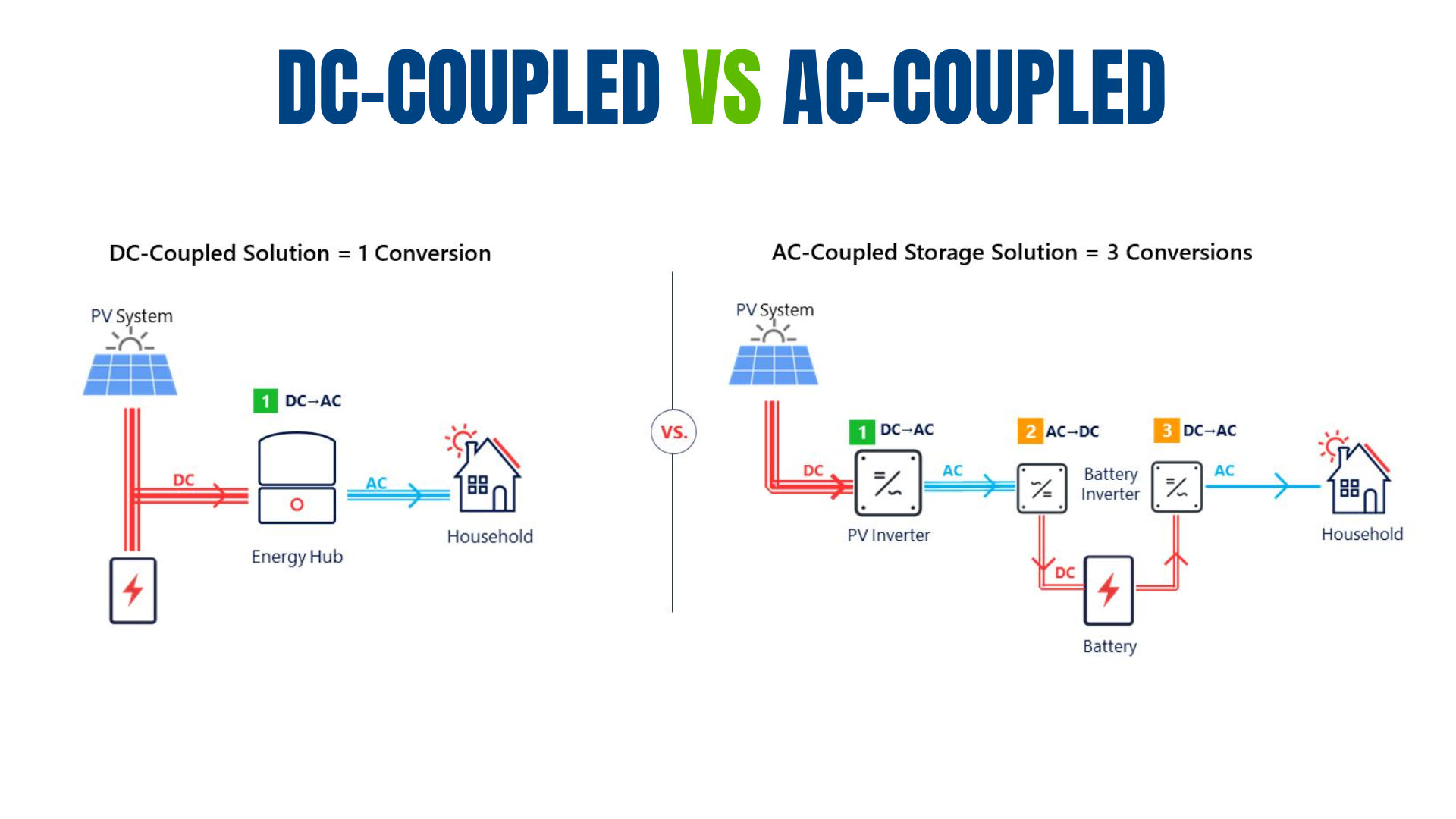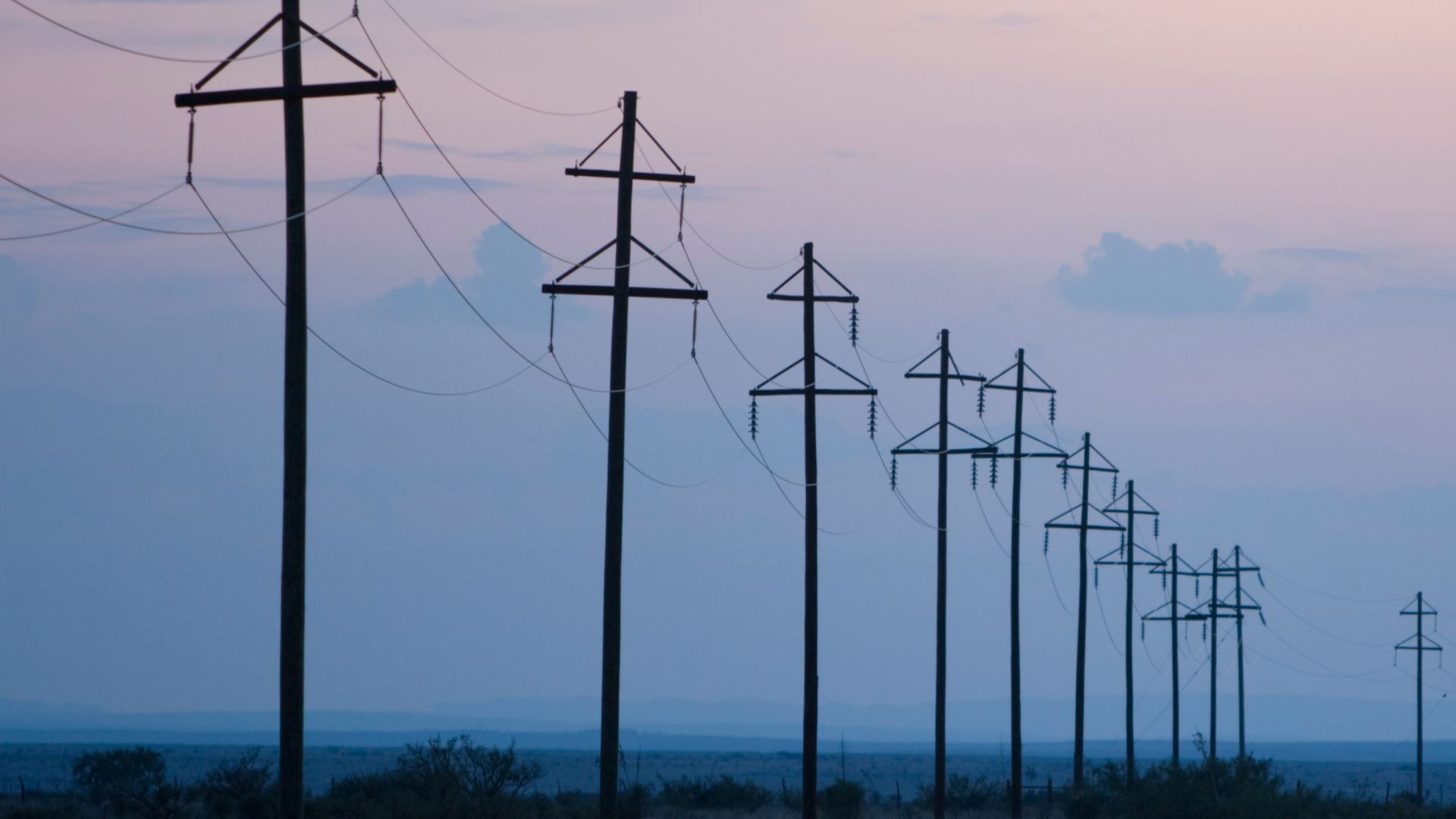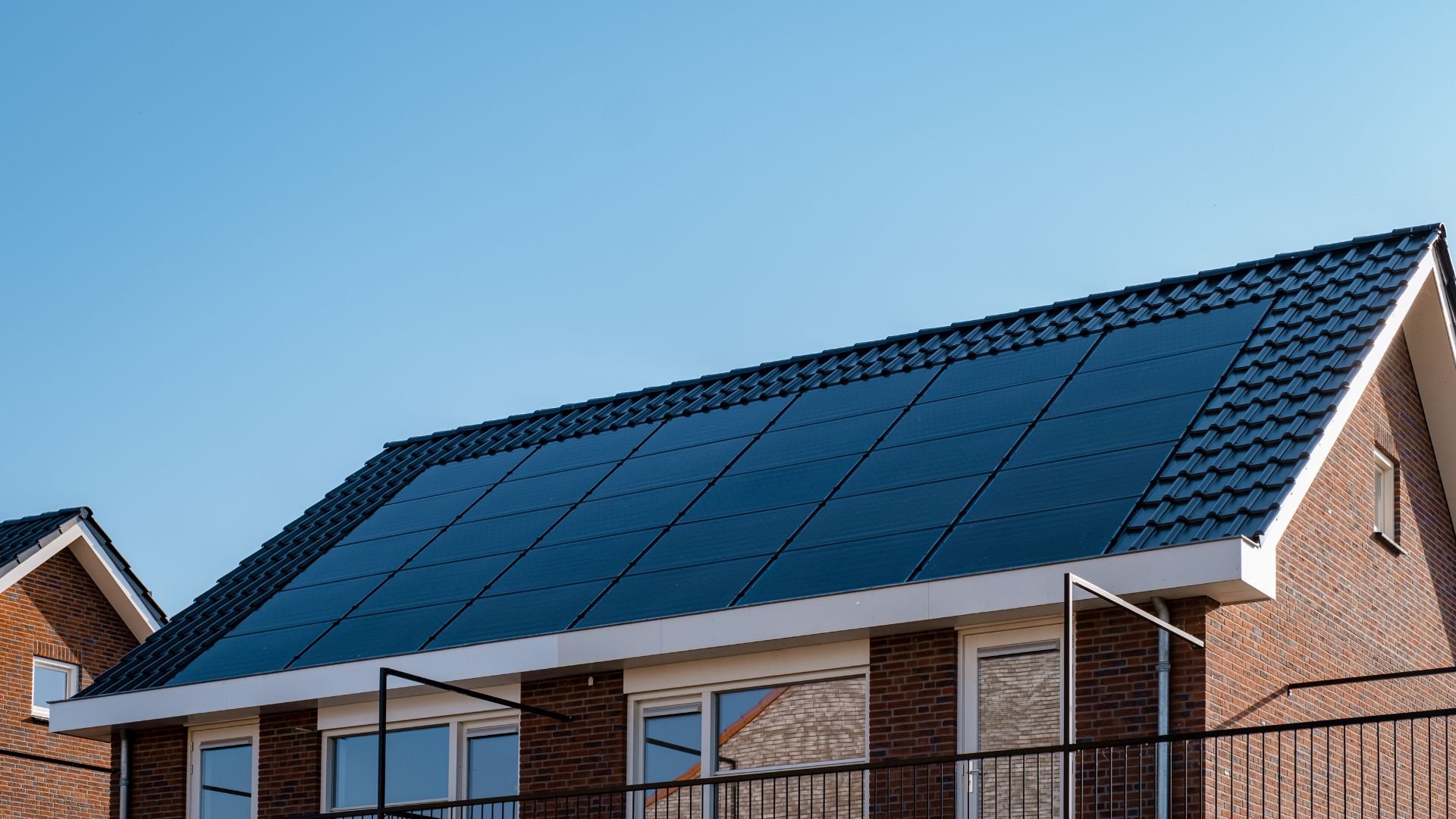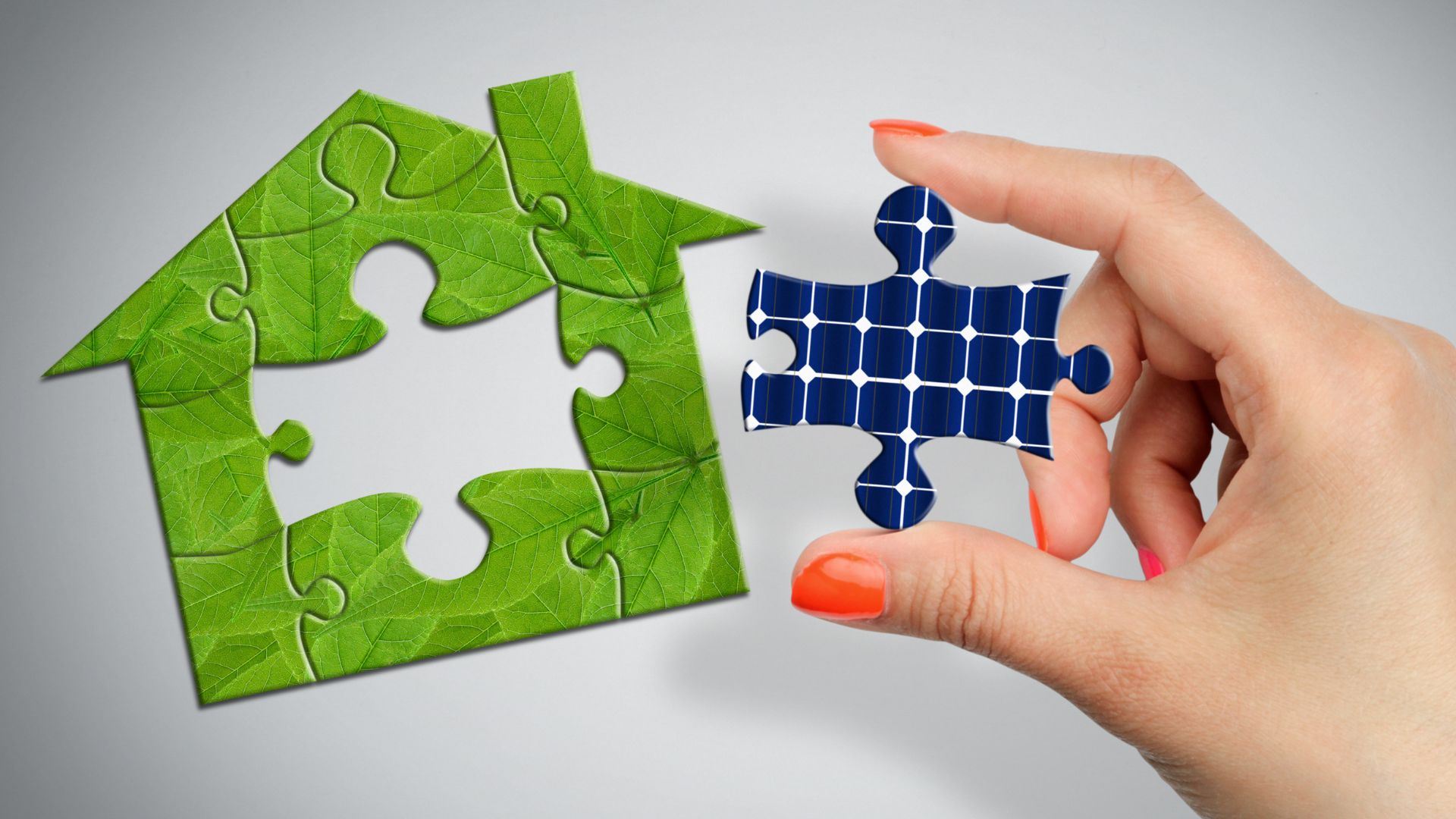Known as the Golden State, California has made remarkable strides towards sustainable living, with solar power leading the charge. For several years, California has been a beacon in the solar industry, boasting a massive surge in solar installations driven by enticing financial incentives. However, recent changes to net metering incentives have left both homeowners and installers in uncharted territory. Under the previous net energy metering (NEM) regulations – NEM 2.0 – the state’s solar market experienced explosive growth, thanks to generous incentives. However, April of this year ushered in NEM 3.0, bringing significant changes to net metering rates, aiming to make it less profitable for homeowners to sell excess energy to the grid. In this evolving landscape, Green Home Systems have been instrumental in helping Californians navigate these changes and continue their journey towards sustainable and cost-effective energy solutions.
NEM 3.0 and DC-Coupled Batteries
Fortunately, California is not the first to navigate such changes. Similar transitions have occurred in numerous European countries. When it becomes more cost-effective to store energy for personal use than to sell it back to the grid, a shift from a net metering to a self-consumption market occurs, with solar + storage systems becoming the norm.
With storage now representing a more significant and long-term investment, homeowners will seek value and durability. Installers must add value by advising homeowners on available assistance to reduce the cost of purchasing solar + storage systems. The Reduction Act of 2022 introduced rebates for energy efficiency retrofits, offering substantial cost reductions.
As for today, most solar energy systems in the U.S. are sold in combination with a backup unit. However, for homeowners focused on increasing self-consumption, a storage-only solution with reduced equipment and installation costs is emerging.
Educating homeowners on time-of-use (ToU) savings is crucial. Under NEM 3.0, solar export rates will fluctuate hourly, making it challenging to estimate revenue from selling energy back to the grid. Effective product selection can ensure batteries are charged before peak hours, maximizing profitability for homeowners.
How installers can thrive in NEM 3.0
While California’s solar market faces significant change, it presents a substantial opportunity for installers. As seen in other self-consumption markets, sales may dip temporarily but will be followed by a resurgence in demand driven by solar + storage installations. The emerging market will be more mature and resilient, and installers who integrate batteries effectively will be well-positioned for increased profitability. Installers aiming to thrive in this new era of self-consumption must consider battery options and factors that make installations more accessible and beneficial to customers.
Amir Cohen, General Manager of SolarEdge smart energy technology, emphasizes the significance of DC-coupled batteries in this evolving landscape: “Choosing a DC-coupled battery provides the highest efficiency energy storage by eliminating what is known as the ‘triple conversion penalty,’ with two less power conversions required than AC-coupled batteries. In some cases, this can result in an additional ten days of saved energy per year. Right now, homeowners are hyper-aware of how much their energy use is costing them, and so it’s easy for them to very quickly calculate how much extra savings this will generate.”

By eliminating the “triple conversion penalty,” DC-coupled batteries offer high-efficiency energy storage resulting in significant savings for homeowners. Moreover, DC batteries simplify installation by avoiding the need for additional breakers, reducing costs and installation time.
Minimizing commissioning times for batteries is crucial. Choosing batteries with wireless communication and intuitive installer apps can reduce commissioning to less than an hour, allowing for parallel installation and commissioning.
Find more about backup and storage batteries for your home, Get a quote today >>








